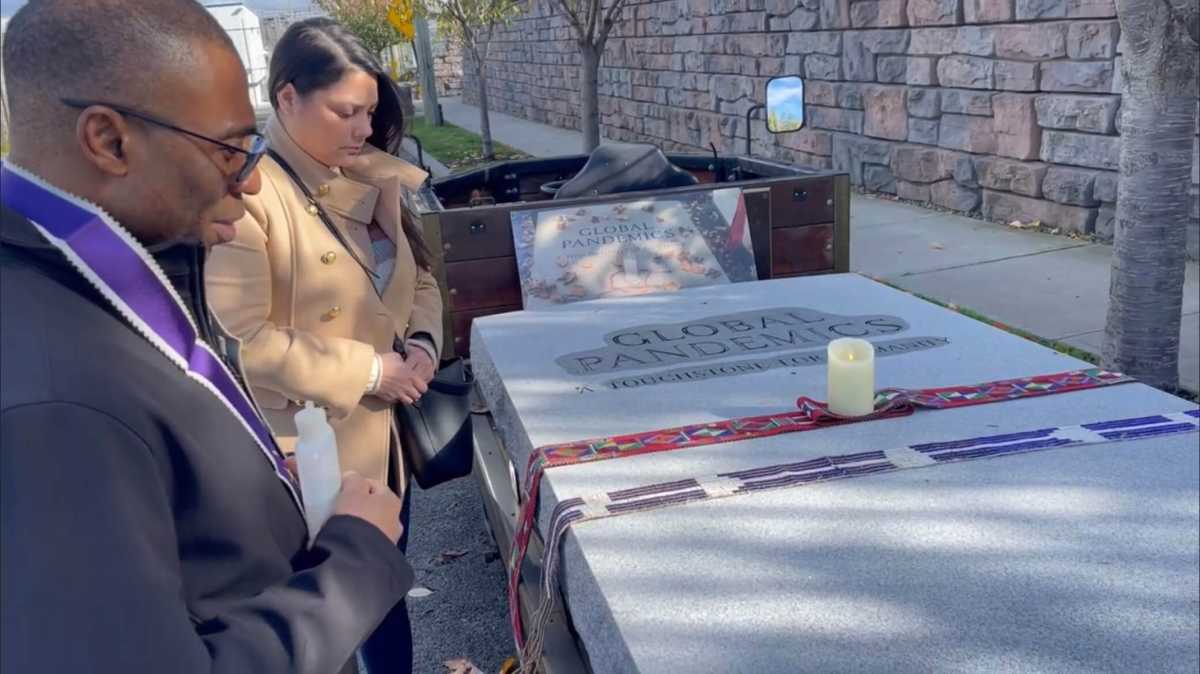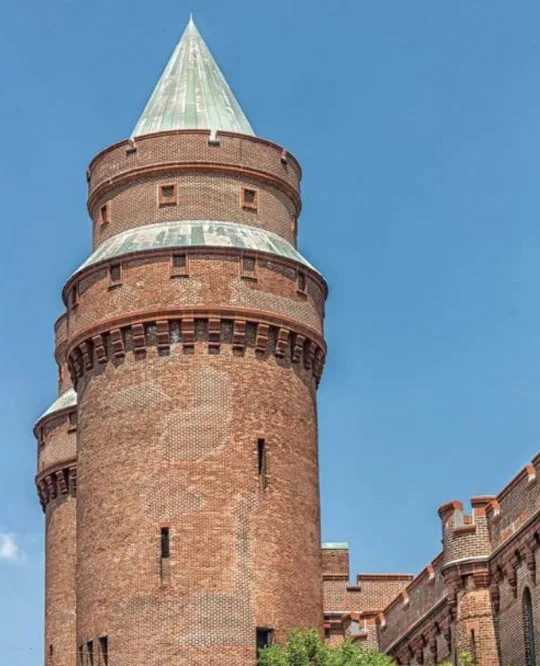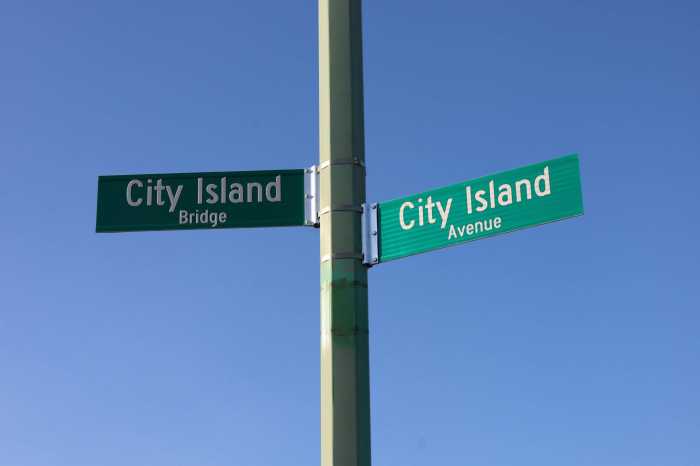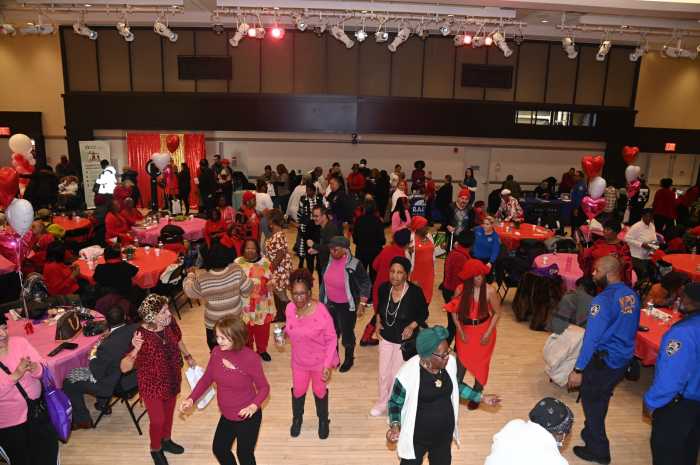Elsie Soto’s father died when she was 9 years old, and it took her more than 20 years to finally find his grave. Now she’s hoping to honor all those in unmarked graves by placing a bereavement stone where her dad is buried, at one of New York City’s most mysterious and painful landmarks.
But, Soto said she’s at a stand-still with the city after five months pushing for the initiative.
Hart Island, otherwise known as the City Cemetery or Potter’s Field, is a small isle off the eastern coast of the Bronx that serves as the final resting place for more than 1 million New Yorkers. When the city began using the island as a public burial site in 1869, plots were occupied by people who “died indigent” or whose bodies went unclaimed after their death, according to the New York City Council data team.
And while Hart Island has held many identities throughout the years — including everything from a place for bare-knuckle boxing matches to a site for festivals and carnivals — it has continued to serve as a mass grave in New York City. Most recently, the cemetery has been used to bury people taken by epidemic and pandemic diseases.
Soto, the NYC coordinator for the Hart Island Touchstone Coalition, received a stone — a seven-foot tall and four-foot wide slab of smooth granite with the words “Global Pandemics; Touchstone for Humanity” carved into the front — from the Peace Abbey Foundation in September 2022. The Massachusetts nonprofit aims to create and install public works of art that promote peace.
Lewis Randa, the executive director of the Peace Abbey Foundation, told the Bronx Times in an interview that the stone is a way to pay respect to people buried there who experienced different forms of prejudice and oppression throughout their lifetimes.
“We’re here to make sure at the very least, there’s acknowledgement,” he said.
But since the stone made its way to City Island in the Bronx, Soto said she’s been met with hurdles and bureaucratic red tape. As of last week, the NYC Department of Parks and Recreation still hadn’t approved the stone for placement on the island.
Its first, albeit temporary, home was at the Hart Island Ferry Terminal — right across the water on City Island. The coalition hosted a vigil and march back in October 2022 in the hopes that the city would approve the relocation initiative by Thanksgiving.
But with their request still pending after community members protested the spot at the ferry terminal, the coalition had to work with the NYPD to relocate it. The stone is currently sitting on a vehicle in the parking lot of the 45th Precinct in Throggs Neck.
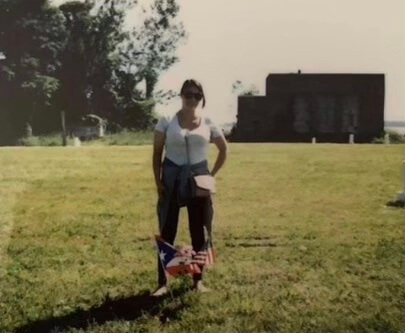
“We are not OK with that,” Soto said. “This is just kind of adding insult to injury.”
Both Amaris Cockfield, deputy press secretary at the New York City Mayor’s Office, and NYC Parks Press Officer Dan Kastanis refused to answer specific questions from the Bronx Times regarding their offices’ respective roles in the initiative, the city’s management of Hart Island, or which department will have the final say in the project.
But in a statement, Kastanis said the Parks department “hear(s) the call to install a monument to those lost,” and that “the currently proposed installation is under review.”
Soto said she feels discouraged by what she described as a lack of communication from city officials. She’s been pushing the city since August of last year, she said.
“That limbo just makes somebody feel ignored,” she added.
‘We need something to signify that we aren’t forgotten’
Soto said she still remembers one of the last times she ever embraced her father, who was one of many New Yorkers to die of AIDS-related complications during that epidemic of the ‘80s and ‘90s.
“One of the last times I hugged my dad, right after, my mom pulled me to the side and she cleaned me with alcohol,” she said.
When he died in 1993, Soto said she remembered various funeral homes rejecting her father’s body — claiming they either didn’t have enough room, or that they’d charge the family more for embalming since it was an AIDS-related death.
At that time, she said there weren’t the same funeral assistance services there are now. Soto’s family had no choice but to send him to an unmarked grave on Hart Island, a grave that she wouldn’t even get to visit for more than two decades. The cemetery wasn’t open to the public at that time, and once it was, she said officials weren’t even sure which plot belonged to her father.
“Growing up I never really had that finality,” she said. “I didn’t get to say goodbye to him.”
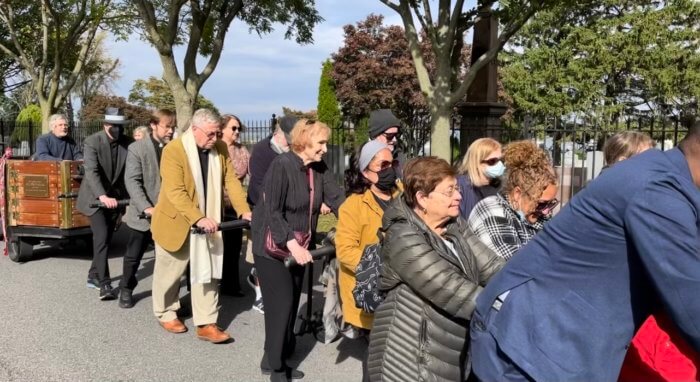
The New York City Department of Corrections managed the graveyard on Hart Island for more than 150 years, up until it was used as a disciplinary barracks site for the Navy, Coast Guard and Marines during World War II. After the war, it was returned to Corrections, where inmates — getting paid between 25 and 35 cents per hour — handled burials, disinterments and other maintenance tasks.
According to City Council data, the number of burials in the late 1980s through the early 1990s “increased markedly,” which coincided with the AIDS epidemic. And more recently, workers were in overdrive making room for New Yorkers who died of COVID-19.
“For decades, Hart Island has been used to lay to rest decedents who have not been claimed by family members,” a city spokesman said in April 2020. “We will continue using the Island in that fashion during this crisis and it is likely that people who have passed away from COVID who fit this description will be buried on the Island in the coming days.”
TIME Magazine reported that burials on Hart Island increased by more than double from 2019 to 2020, at the peak of the first major COVID outbreak — although since the city was inundated with bodies at that point, authorities didn’t know exactly how many people arriving on the island had actually died of the virus.
It was only in 2019 that the City Council passed legislation to turn the cemetery into a public park where citizens could schedule visits, with four time slots each month. And in July 2021, NYC Parks officially took over management of Hart Island from Corrections.
Soto, a longtime advocate of increased access to and awareness of those buried on the island, said the latest push to place the bereavement stone is necessary.
“I think the touchstone has a way of bringing about this conversation that needs to be had,” Soto said. “It brings to light all of these different reasons that we’re all being affected.”
And even more than memorializing people buried on the island, she said part of what the stone represents is visibility for those who have had their deaths negatively characterized.
“I think it’s time to change that narrative,” Soto said. “One of the things that I constantly stressed is a respectful and dignified memorial, that was always something that was very important and a way to rectify some of the wrongs that were done in the past.”
She said she’s looking to meet with Mayor Eric Adams regarding the initiative within the next couple of months, in time for what she hopes will be a touchstone placement ceremony this spring.
“New York cares. We care about our New Yorkers, we don’t just abandon them,” Soto said. “We need something to signify that we aren’t forgotten.”
Reach Camille Botello at cbotello@schnepsmedia.com. For more coverage, follow us on Twitter, Facebook and Instagram @bronxtimes

